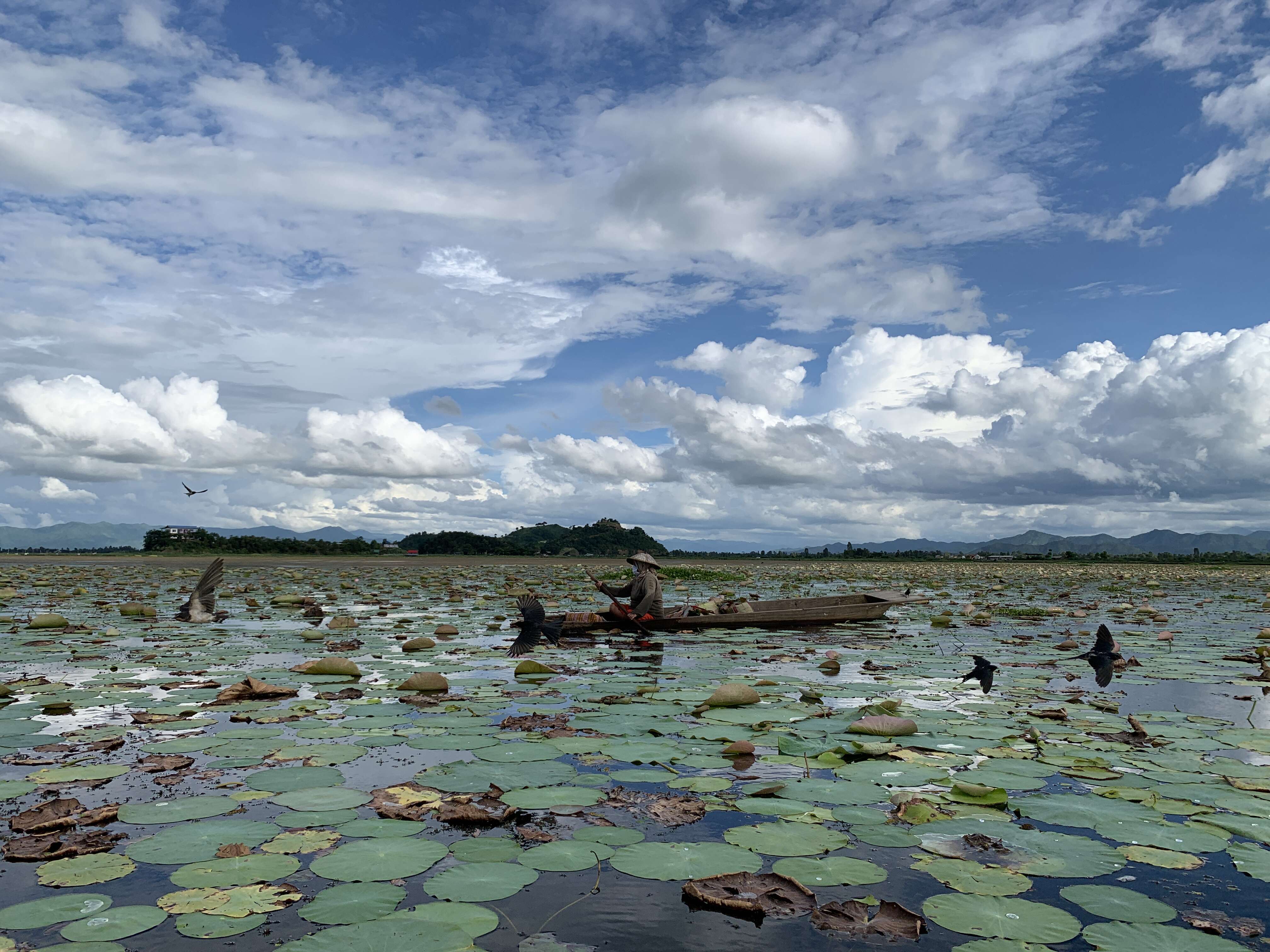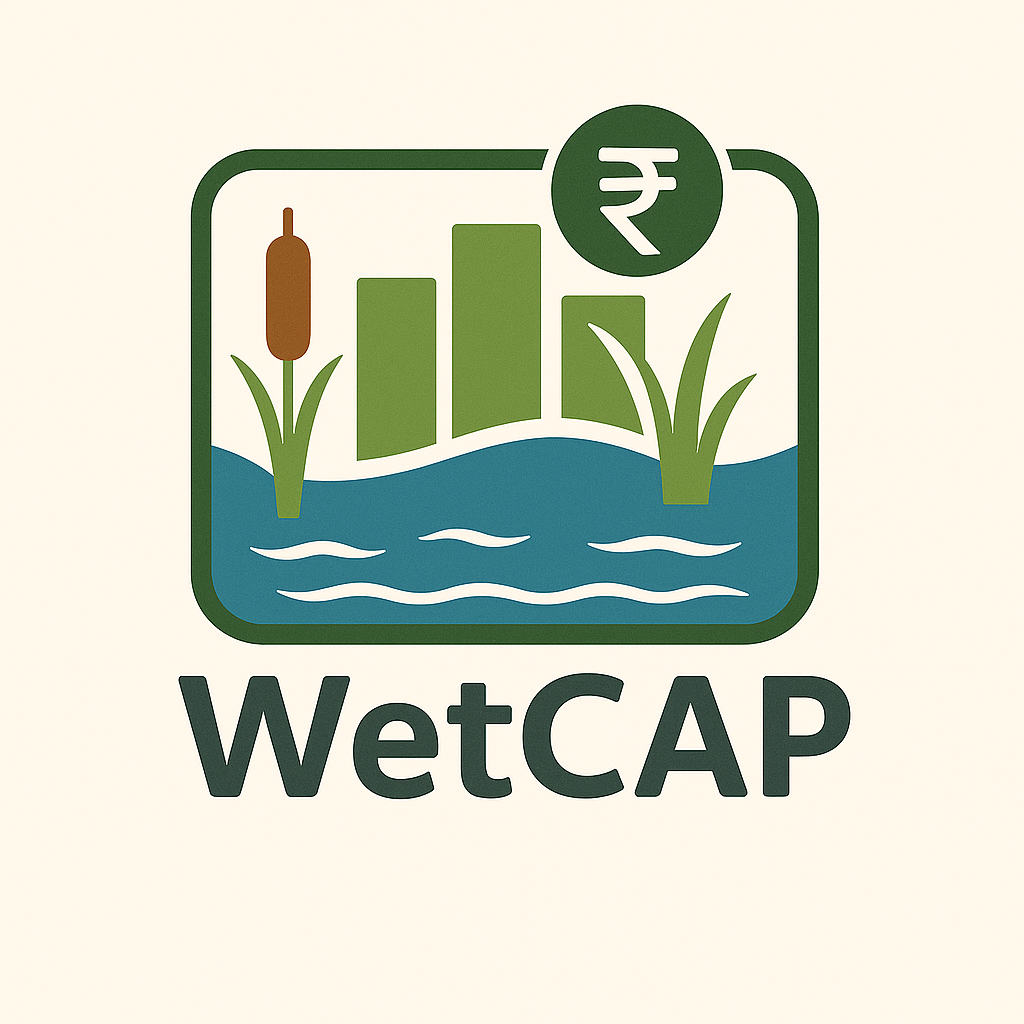
WetCAP: Web-enabled Tool for Conservation Action and Partnerships
Invest in Nature. Start with Wetlands.
Partner for impact: a smart platform connecting businesses and wetland practitioners to power conservation initiatives.
Interactive Wetland Map

Web-enabled Tool for Conservation Action and Partnerships (WetCAP)
Well-managed, healthy wetlands provide significant benefits including natural protection against extreme events such as storm surges and flooding, contribute to water and food security and act as natural carbon sinks. Wetland conservation and restoration activities are generally aimed at generating benefits for biodiversity and for local communities such as food, water, tourism, etc. The wise use of wetlands sustains the economic and social activities of a wide range of public and private stakeholders, highlighting their vital role in improving the management of water resources and reducing the risk of unsustainable environmental management. However, there is a huge gap in terms of the available financial resources as well as the capacity necessary for effective management of wetlands through an integrated management planning process.
The Ramsar Convention encourages businesses to seek practical ways to understand the linkages between their activities and wetland ecosystems, to avoid negative impacts, and to mitigate unavoidable effects throughout the supply and production chain. Businesses have the potential to make a critical impact on wetland conservation and management by adopting wetland-focused ecosystem-based approaches. Such contributions can help advance the Sustainable Development Goals (SDGs) and address climate change issues, and businesses are often unaware of these opportunities resulting in limited participation of the private sector in the wetland management domain.
About the platform
The web-enabled platform offers an interactive, user-centric interface designed to enable wetland authorities and site managers to efficiently input, manage, and showcase data pertaining to wetland conservation initiatives. Additionally, it features a secure access portal for private sector investors to evaluate and explore potential investment opportunities in wetland-related projects.
- Facilitate site-level data input by enabling Wetland Authorities and Site Managers to provide detailed information on their sites, including ecological conditions, proposed management interventions, associated budgets, timelines, and projected benefits.
- Enhance transparency for private sector engagement by offering access to site-level data, including management intervention details, allowing private sector stakeholders to assess investment potential and alignment with their interests.
- Enable Public-Private collaboration by providing a structured mechanism for private entities to connect with site managers and explore potential partnerships through direct, bilateral engagement.
- Incorporate interactive features by utilizing dynamic maps and real-time dashboards, to improve data accessibility, user engagement, and decision-making.
- Showcase successful cases by providing access to documented case studies highlighting successful interventions implemented through private partnerships, serving as models for replication and learning.
